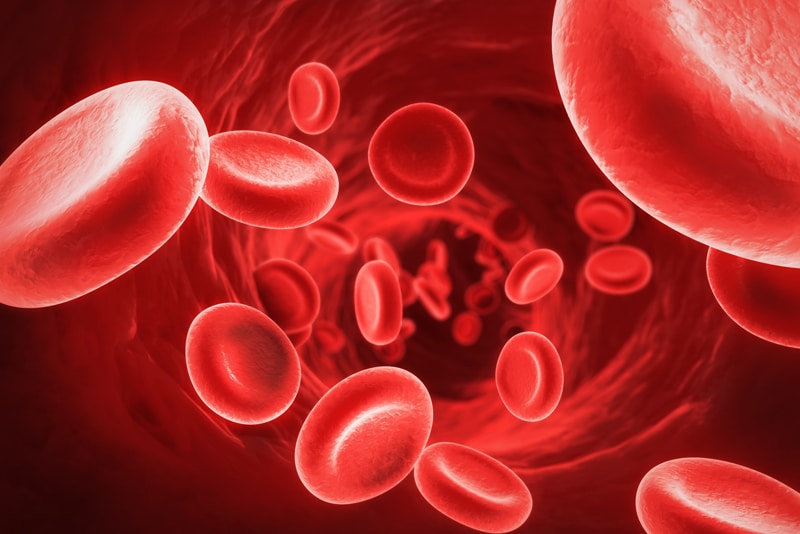Pancytopenia is a condition that is characterized by low blood counts. It occurs when a person’s body has low blood counts for all three types of blood cells namely red blood cells, white blood cells, and platelets. Each of these blood cells has definite functions. While red blood cells carry oxygen to all the organs and tissues of the body, white blood cells help fight infections. Platelets help stop the bleeding when the body is cut or injured. The condition can have widespread effects on the entire system by leading to oxygen shortage as well as other problems with the immune function. A plastic anemia is a medical term that refers to a decrease in the production of all types of blood cells. The condition occurs in two different forms – one being idiopathic – wherein the cause is unknown and another being secondary – caused by environmental factors. Reports suggest that about half of all pancytopenia cases are idiopathic. Without adequate treatment, these problems can be life-threatening, resulting in severe problems like – excess bleeding (if platelets are affected) and increased risk for infections (if white blood cells are affected). Physicians who treat this condition can choose a reliable and experienced medical billing and coding company to streamline their medical billing documentation process.
Conditions Causing Pancytopenia
Pancytopenia occurs due to some disruption of the bone marrow’s ability to produce new blood cells. Bone marrow is a spongy tissue inside the bones where blood cells are produced. Diseases and exposure to certain drugs and chemicals can also lead to this bone marrow damage. Certain other conditions that can cause pancytopenia include – cancer, a plastic anemia, autoimmune conditions, chemotherapy treatments, exposure to chemicals, viral infections, vitamin deficiencies, and excess alcohol usage among others. People with cancers or who are consuming medications associated with blood cells are at high risk of suffering the condition. In addition, having a family history of blood disorders can also increase the risk.
Symptoms of Pancytopenia
The symptoms of pancytopenia may develop over time or suddenly, and can progress in a variety of ways. Mild cases of this condition may not show any specific symptoms. On the other hand, severe cases may display symptoms like shortness of breath, large purple spots on the skin, fever and fatigue, pale skin, fast heart rate, easily bruised and bleeding gums, and nosebleeds.
Diagnosis and Treatment of Pancytopenia
Diagnosis of this condition may begin with a detailed physical examination and personal history review. As part of the physical exam, hepatologists will enquire about the symptoms and examine the patient’s ears, nose, throat, mouth and skin. They may order a complete blood count (CBC) test which gives a detailed value of red blood cells, white blood cells, and platelets. If the CBC level is abnormal, patients may need a peripheral blood smear test – wherein a drop of blood is placed on a slide to look at the different types of blood cells it contains. In addition, other laboratory tests like liver function tests, Vitamin levels, HIV and hepatitis tests will also be performed.
Apart from lab testing, physicians will also consider a person’s symptoms related to pancytopenia. They may perform a procedure to sample a person’s bone marrow. A sample of bone marrow is generally taken from the hip area. It is then sent for detailed lab analysis. Physicians may also perform blood tests to check for infections or leukemia. In addition, imaging tests like CT scan or other tests will be done to look for cancer or other problems with the organs. Treatment options include – medications (to stimulate blood cell production in the bone marrow), antibiotics (to treat an infection) and blood transfusions (to replace red blood cells, white blood cells, and platelets). A bone marrow transplant (also known as a stem cell transplant) which replaces damaged bone marrow with healthy stem cells will be considered as a last option for treatment.
ICD-10 codes for diagnosing Pancytopenia include –
- D61.81 Pancytopenia
- D61.810 Antineoplastic chemotherapy induced pancytopenia
- D61.811 Other drug-induced pancytopenia
- D61.818 Other pancytopenia
The outlook for pancytopenia depends on what factors caused the condition and how the treatment is provided. As there are varied causes of pancytopenia, some causes like cancer or inherited bone marrow diseases are not preventable. Following good hygiene practices can help prevent certain types of infection.
A billing company experienced in providing medical billing and coding services can assist medical practices with complex coding tasks and thus ensure timely claim submission and better reimbursement.




